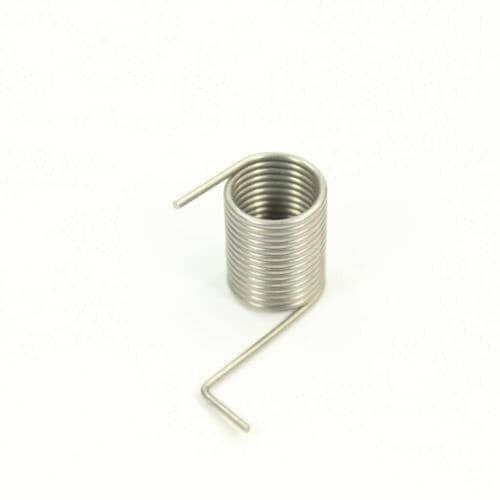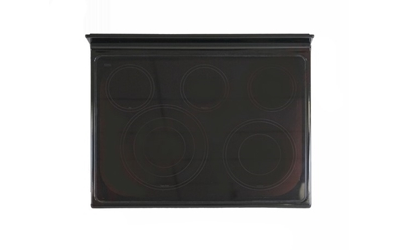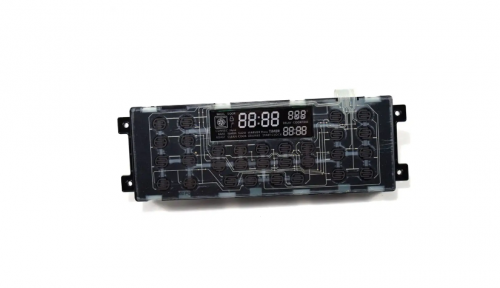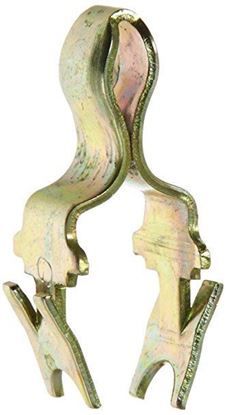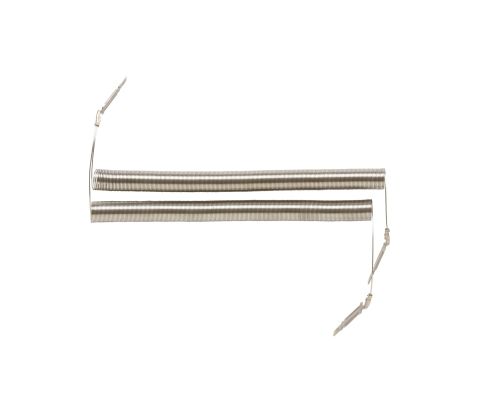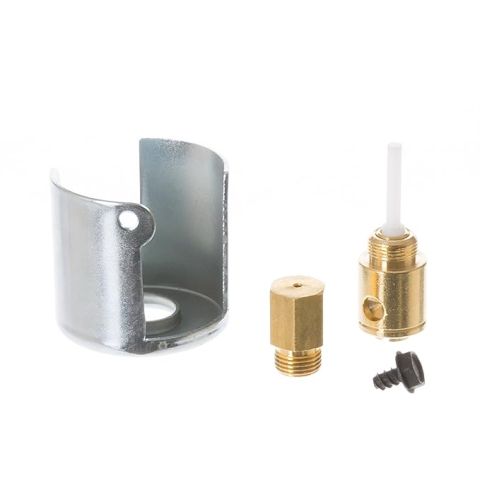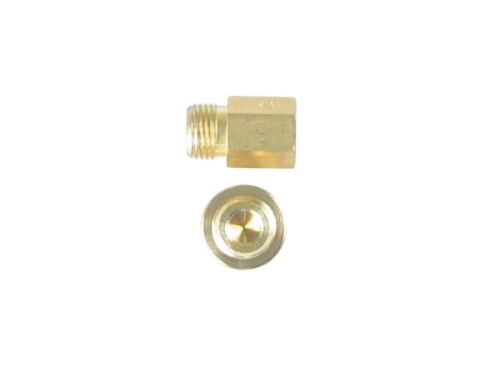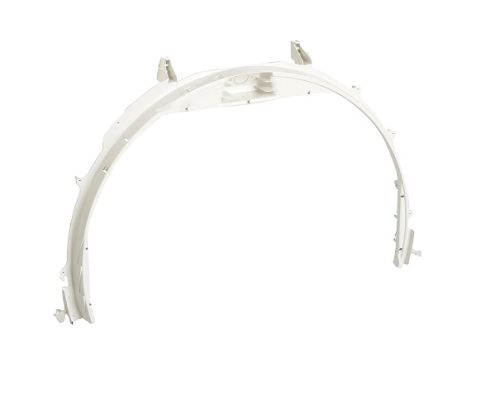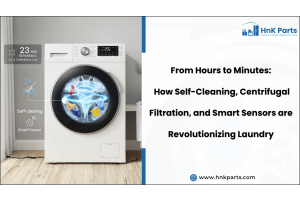
Low-Energy Dryers: The Ultimate Solution for Eco-Friendly Homes
In today's world, where environmental concerns are paramount, energy efficiency in household appliances has taken center stage. Where this awareness is making significant strides is in laundry appliances, specifically dryers. Traditional dryers have a reputation for their high energy consumption, and therefore their impact on your energy bill and the world’s carbon footprint.
These appliances can greatly cut down on energy usage, and are not just a passing trend, but a core change in the direction toward eco-friendly living. In this article, we will explore the details of low energy dryers, what are the benefits of them, what are the features, top models available in the market, and how to get the most out of them, to give an ultimate comprehensive guide for the homeowners who are looking for environmentally friendly choices.
Understanding Low-Energy Dryers
Heat pump dryers, condensing dryers, and ventless dryers are the low energy dryers, also known as energy efficient dryers. The advanced technology used to create these dryers means that they use less energy than traditional electric or gas dryers.
Types
-
Heat pump dryers: The heat exchange system that these dryers use to recycle hot air reduces their energy use dramatically. Through cooling air from outside, heating it and distributing it through the drum, they allow you to dry clothes at a lower temperature, which is more gentle on fabrics and more efficient.
-
Condensing dryers: As with heat pump dryers, condensing models don’t need venting out of doors. However, they condense moisture from the clothes into water that can be drained away or collected in a tank.
-
Ventless dryers: These dryers do not require ductwork and are perfect for apartments or homes where venting to the outside is not possible. Either heat pump technology or a condenser is used to dry clothing.
How They Differ from Traditional Dryers
Gas or electric traditional dryers usually employ high heat to evaporate moisture from fabrics. As a consequence, they use a great deal of energy, sometimes more than 4,000 watts per load in some electric models. On the other hand, low energy dryers can use as much as 70% less energy because of their innovative technology and lower operating temperatures. This drastic cut in energy consumption not only serves the environmental aspects but also saves energy costs for the households.
Benefits of Low-Energy Dryers
-
Energy efficiency: Low energy dryers are one of the most efficient energy dryers. However, compared to their traditional counterparts, they typically use between 1000 to 2000 watts of energy per load. ENERGY STAR® guidelines state that low energy dryers can consume up to 70% less energy than other models.
-
Cost savings: Lower energy usage directly translates to savings on your utility bills. While low-energy dryers may have a higher initial cost than traditional models, the reduction in energy expenditures over their lifespan often results in significant long-term savings.
-
Environmental impact: When choosing a low energy dryer, homeowners contribute to decreasing their carbon footprint. The large energy consumption and fossil fuel dependency of traditional dryers lead to a high contribution to greenhouse gas emission.
Key Features to Look For
In choosing a low energy dryer, certain features make it more energy efficient and efficient in general.
-
ENERGY STAR certification: Seek out dryers with the ENERGY STAR label. This certification means that the appliance is more reliable for homeowners who want to lower energy consumption because it meets strict energy efficiency guidelines.
-
Moisture sensors: Many low energy dryers also have moisture sensing technology. They are the sensors that automatically measure the moisture level of the clothing and set the drying time. With this functionality, you avoid over drying and save energy for sure, but it also stops heat damage of the fabrics you are drying.
-
Low heat settings: The gentle drying options are very important for delicate fabrics. Many low energy dryers provide multiple heat settings so homeowners can choose what is best for their needs. This flexibility keeps the quality of clothing while still making the drying process efficient.
Top Low-Energy Dryer Models in 2025
As the market for energy-efficient appliances continues to grow, several standout models have emerged in 2025. Here are three top low-energy dryers that exemplify the benefits of eco-friendly technology:
|
Model |
Key Features |
Price Range ($) |
|
LG DLEX4000W |
LG dryers are available with turbo steam technology, Smart ThinQ technology for remote operation. |
1,299 – 1,499 |
|
Bosch WTG86401UC |
Compact design, moisture sensor, energy efficient with quiet operation. |
1,249 – 1,499 |
|
Samsung DV22N6800HW |
Ventless, smart controls, sensor dry technology, steam sanitize option. |
999 – 1,199 |
Tips for Maximizing Dryer Efficiency
To further improve the performance and efficiency of your low energy dryer, try the following:
-
Regular maintenance: It is necessary to ensure that your dryer functions efficiently, and this means performing routine maintenance. This means that you should regularly clean the lint filter to increase airflow and decrease drying time.
-
Use dryer balls: Dryer balls help the air circulate and separate the laundry when drying them, which cuts down on drying time. This can become much quicker to dry and more energy efficient.
-
Load the dryer appropriately: If the dryer is overloaded or underloaded, it will not dry efficiently. Load the dryer properly for optimal airflow. Try to load to a full but not overloaded volume to be efficient yet not sacrifice drying performance.
Most Common Dryer Problems and How to Fix Them
With climate change becoming a reality and the need for sustainable living in our homes, low energy dryers are becoming the best allies in our eco-friendly living. Besides utility bills savings, these energy efficient dryers play a huge role in reducing our carbon footprint, thus protecting our environment.
Consumers can then make a more informed decision based on certain important features like ENERGY STAR certification, moisture sensors, low heat settings, etc. With that, change, and live green as a movement towards greener homes for the better planet to generations to come. If you're looking for dryer parts, HnKParts offers a wide selection of dryer replacement parts for both electric and gas dryers from leading manufacturers.
FAQs
How does a low energy dryer work and what is it?
Heat pump dryers are an advanced type of low energy dryers that recycle heat during the drying process, thus resulting in considerable reduction of energy usage compared to conventional dryers.
Are low energy dryers more expensive than regular dryers?
Although low energy dryers tend to be more expensive initially, their cost savings in terms of energy bills over time often eventually cover their initial purchase.


